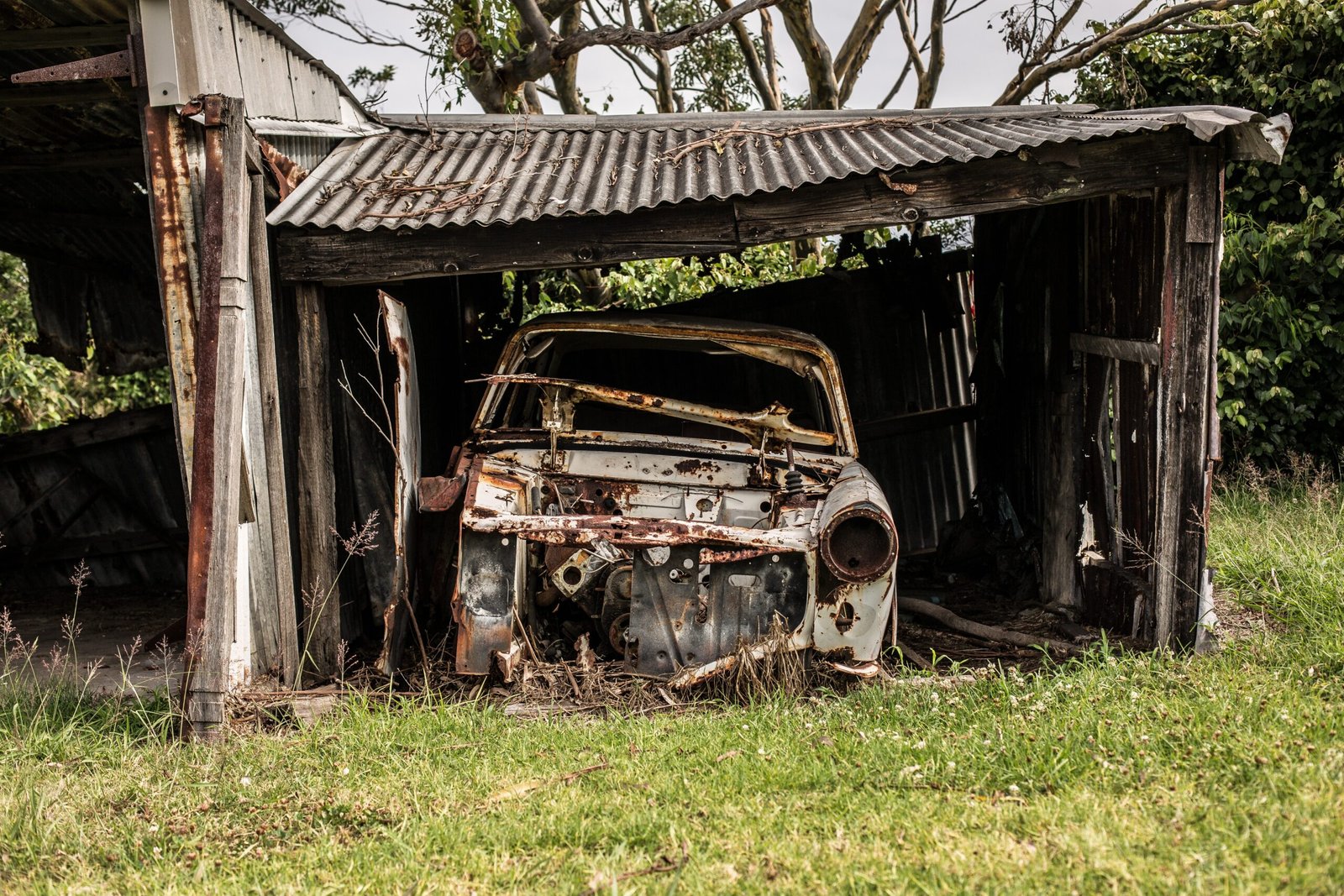Beyond the Scrapyard: Exploring the World of End-of-Life Vehicles
End-of-life vehicles (ELVs) are more than just heaps of metal destined for the scrapyard. They represent a complex and multifaceted aspect of our modern world. In this blog post, we’ll delve into the various dimensions of ELVs, exploring their environmental impact, the challenges they pose, and the innovative solutions emerging to address them.
Table of Contents
ToggleUnderstanding End-of-Life Vehicles
End-of-life vehicles, often referred to as ELVs, are automobiles that have reached the end of their useful life. This can occur due to age, wear and tear, accidents, or obsolescence. Once a vehicle is deemed no longer fit for use, it enters the realm of ELVs.
End-of-life vehicles, commonly referred to as scrap cars or junk cars, are automobiles that are no longer operable or roadworthy. These vehicles may have suffered irreparable damage from accidents, experienced extensive wear and tear, or simply become obsolete due to technological advancements. Despite their condition, ELVs contain valuable materials and components that can be salvaged, repurposed, and recycled for various purposes.
Environmental Impact
The disposal of end-of-life vehicles poses significant environmental challenges. These vehicles contain various hazardous substances, such as lead-acid batteries, mercury switches, and fluids like oil and coolant, which can contaminate soil and water if not properly managed. Additionally, the recycling process itself can generate pollutants if not conducted in an environmentally responsible manner. By salvaging and recycling materials from ELVs, we can reduce the demand for raw materials, minimize energy consumption, and lower greenhouse gas emissions associated with automotive production. Additionally, recycling ELVs helps prevent hazardous substances such as lead, mercury, and cadmium from contaminating soil and water sources.
Challenges in ELV Management
Managing end-of-life vehicles presents several challenges. One of the primary concerns is the sheer volume of ELVs generated annually. Disposing of these vehicles in a sustainable manner requires efficient collection, transportation, and recycling infrastructure. Furthermore, ensuring compliance with environmental regulations adds another layer of complexity to ELV management.
Cost-Effectiveness of Salvaging
From a financial perspective, salvaging end-of-life vehicles can be highly cost-effective for both consumers and businesses. Salvaged parts are typically sold at a fraction of the cost of new components, making them an attractive option for vehicle repairs and restoration projects. Moreover, salvaging ELVs reduces the need for costly disposal methods, such as landfilling or incineration, thereby saving municipalities and taxpayers money in waste management expenses.
Innovative Solutions
Despite the challenges, innovative solutions are emerging to address the issue of end-of-life vehicles. One such solution is the implementation of extended producer responsibility (EPR) schemes, where automobile manufacturers are held responsible for the proper disposal and car removal Gold Coast of their products. EPR encourages manufacturers to design vehicles with recyclability in mind, thus reducing the environmental impact of ELVs.
Another promising approach is the development of advanced recycling technologies. These technologies enable the recovery of valuable materials from end-of-life vehicles, such as steel, aluminum, and rare earth metals, which can then be reused in the manufacturing process. By extracting maximum value from ELVs, these technologies help minimize waste and reduce the need for raw materials extraction.
The Future of ELVs
As we look to the future, the management of end-of-life vehicles will continue to evolve. With increasing awareness of environmental issues and stricter regulations governing vehicle disposal, there is a growing emphasis on sustainability within the automotive industry. This shift towards a more circular economy approach, where resources are reused and recycled, will play a crucial role in shaping the future of ELV management.
Addressing Environmental Challenges
Despite the environmental benefits of end-of-life vehicles, challenges remain in managing them effectively. Issues such as illegal dumping, improper disposal practices, and inadequate recycling infrastructure can undermine efforts to maximize the environmental benefits of ELVs. Addressing these challenges requires collaboration among stakeholders, including government agencies, industry associations, and environmental organizations, to develop and implement sustainable solutions.
Conclusion
End-of-life vehicles represent a significant challenge, but also an opportunity for innovation and sustainable development. By addressing the environmental impact of ELVs and implementing effective management strategies, we can minimize their negative effects and harness their potential as a valuable resource. Through collaboration between policymakers, industry stakeholders, and the public, we can pave the way towards a more sustainable future for car body removals sunshine coast and the automotive industry as a whole. By salvaging, recycling, and repurposing components from ELVs, we can mitigate environmental impacts, support sustainable practices, and unlock new opportunities for innovation and creativity. As we continue to navigate the transition towards a more sustainable future, end-of-life vehicles will play an increasingly important role in shaping the automotive industry and the world at large.
Also read
Author
-
I'm Freya Parker, a car lover from Melbourne, Australia. I'm all about making cars easy to understand. I went to a cool university in Melbourne and started my career at Auto Trader, where I learned tons about buying and selling cars. Now, I work with Melbourne Cash For Carz, Hobart Auto Removal, Car Removal Sydney and some small car businesses in Australia. What makes me different is that I care about the environment. I like talking about how cars affect the world. I write in a friendly way that helps people get better cars. That's why lots of people in the car world like to listen to me. I'm excited to share my car knowledge with you!
View all posts







